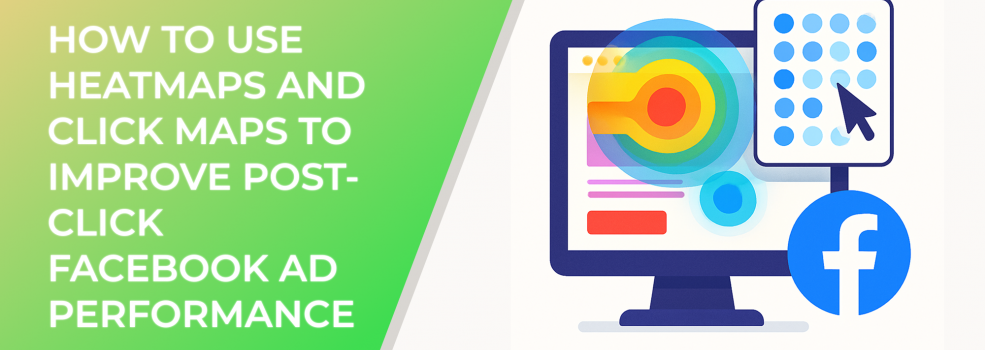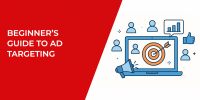Discover how heatmaps and click maps can provide deep insights into user behavior after they click your Facebook ads. You might be investing heavily in audience targeting, A/B testing, and crafting compelling Facebook ads, but if your post-click experience is underperforming, you're losing conversions. According to Crazy Egg, optimizing post-click landing pages can increase conversions by up to 300%. That means your landing page's effectiveness is just as critical as your ad's creative and targeting strategy.
What Are Heatmaps and Click Maps?
-
Heatmaps are visual representations of where users interact most on a webpage. Areas with higher engagement show up as "hotter" (usually in red), indicating where users are clicking, scrolling, or spending the most time.
-
Click Maps focus specifically on where users are clicking, helping to identify which elements (buttons, links, images) get the most engagement.
These tools are essential for understanding what users do after clicking your Facebook ads and landing on your site.
Using Heatmaps to Optimize Post-Click Experience
Scroll‑map data shows most users engage with content just below the fold—only about a quarter scroll past 1,600 px
-
Identify Attention Hotspots: Use scroll and attention heatmaps to determine if users are reaching your CTA. If critical content or CTAs are located in areas with low engagement, reposition them higher on the page.
-
Analyze Content Engagement: Are users reading your value proposition or skipping it? Heatmaps can show whether copy placement and formatting are effective or need improvement.
-
Spot Distractions: Heatmaps can highlight where users are getting sidetracked. Removing or redesigning low-value sections can improve focus and lead to higher conversion rates.
Using Click Maps to Refine Page Elements
Click‑map overlay reveals user confusion—non‑clickable elements registering clicks—and shows strong engagement on the primary CTA
-
Evaluate CTA Performance: If your primary CTA button isn't getting clicks, consider changing its color, copy, or position. Click maps give you direct evidence of what users engage with.
-
Test Headlines and Images: If users are clicking non-clickable elements like decorative images or headlines, they may be confused about what is actionable. Turn popular elements into interactive components when appropriate.
-
Monitor Mobile Behavior: Click maps can reveal significant differences in how desktop and mobile users interact with your landing pages. This data can inform responsive design choices to improve mobile conversion rates.
Boosting Facebook Ad Performance With Behavioral Data
Using heatmaps and click maps in tandem with Facebook ad analytics gives you a complete view of the customer journey. You can identify where users drop off, which segments engage most with your offers, and what post-click behaviors correlate with high conversion rates. Incorporating this data into your Facebook ad optimization strategy will result in more efficient ad spend and stronger ROI.
Stat Snapshot:
-
88% of online consumers are less likely to return to a site after a poor user experience (Econsultancy).
-
Businesses using behavioral analytics tools like heatmaps and click maps see an average 20% increase in conversion rates.
Conclusion
Heatmaps and click maps are not just UX tools—they're critical components of your Facebook advertising strategy. By continuously refining your landing pages based on user behavior insights, you create a more seamless path to conversion. Start using these tools to bridge the gap between ad engagement and conversion success.

